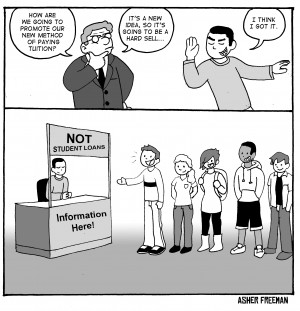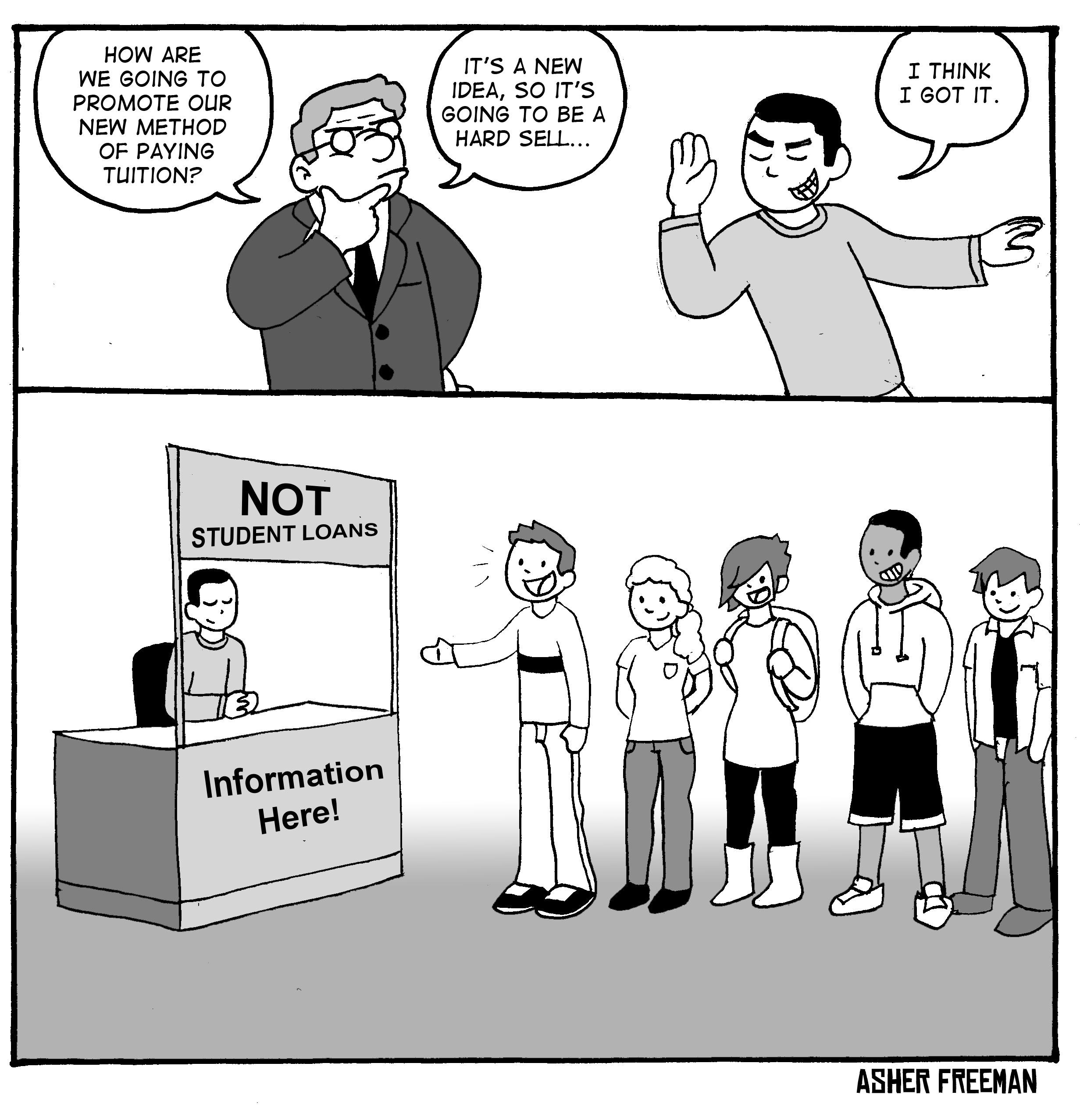
Student loans. The very words cause many in higher education to shudder in fear, and rightfully so. College, especially private schools such as Baylor, is expensive, and the debt can be hard for many people to get ahead of.
According to PBS, Americans collectively have about $1 trillion in unpaid student loan debt.
This is a problem, and many states are working on a solution that many students can get behind.
The idea is called “pay it forward,” and it exists in many forms from state to state. In general, universities drop tuition down to nothing. Aside from living expenses and fees, college becomes free, but there is a catch.
After students graduate and get a job, they pay part of their paycheck, generally 4 percent or less, back to the university for a period of time or until a certain amount is paid off.
This may seem like different means to the same end, but the pay-it-forward program avoids the life-altering student loan debt that so many people loathe.
Texas should formulate a pay-it-forward program for its public universities. This would drive down the cost of education across the board and help solve the monstrous problem of student loan debt.
The state in the spotlight for this plan is Michigan. The state’s plan, if it passes, is aimed at low and middle-income families, and its participants would have to pay their public universities 4 percent of their annual income for five years for every one year at the university.
That means if a participant went to Michigan or Michigan State for four years, he or she would pay the university back for 20 years.
To put the percentage in perspective, a graduate that makes $50,000 each year would have to pay the university $2,000 each year. Community colleges have different guidelines and parameters in the Michigan model.
The Michigan model seems like a good one for Texas to work from. The payback demands aren’t too much to handle and the astronomical rates of federal loans could become a thing of the past.
A pay-it-forward program might also drop the cost of private universities even though the program doesn’t apply to them. Put yourself in the shoes of a high school senior deciding between The University of Texas and Baylor. Even if you think that Baylor is a better school, the pay-it-forward program might be too much to pass up when compare it to Baylor’s total cost of attendance of $27,000 per semester.
This would drive more talent to Austin, and it would strongly encourage Baylor to drop its tuition to a more competitive level.
The people most opposed to this plan would be students majoring in fields that have a high starting salary. After all, in the Michigan plan, students pay the university over a period of time, not until a certain amount is paid off.
Pay-it-forward plans differ vastly, so it would be up to Texas to create a program that addresses this issue.
The best way to tackle this problem would be to give students an option. Pay-it-forward programs are just that — programs. If a student believes he or she would not benefit from the program, then that student should be able to take the traditional route to paying for college. That way, nobody’s college costs would increase.
Another issue would be students in the program that choose to go to graduate school or professional school.
It doesn’t seem fair that a doctor should have to pay 4 percent of his or her comfortable salary for 40 years (assuming education takes eight years).
In cases like this, the state should have a pay ceiling that more accurately reflects the total value of the student’s education.






